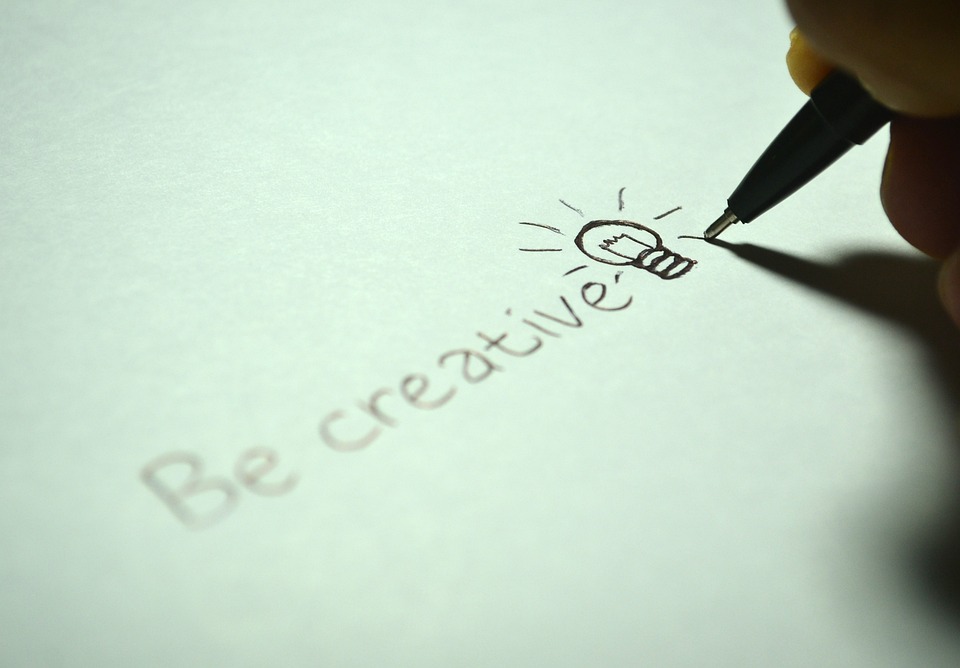Unlocking the Melodies: Step-by-Step Guide to Teaching Music and Rhythm
Introduction:
Music is not just a form of entertainment; it also plays a vital role in our overall development. From boosting cognitive abilities to enhancing emotional well-being, music is a powerful tool that has a profound impact on our lives. Teaching music and rhythm to individuals of all ages is not only a fulfilling endeavor but also helps unlock their creative potential. In this comprehensive guide, we will explore the step-by-step process of teaching music and rhythm and address frequently asked questions to provide you with a solid foundation in this exciting field.
Section 1: Understanding the Basics of Music and Rhythm
To effectively teach music and rhythm, it is crucial to have a firm grasp of the fundamental concepts. In this section, we will delve into the following topics:
1.1 The elements of music: Introduce learners to the components that make up music, such as melody, harmony, rhythm, and dynamics. Explaining these elements will help students develop a holistic understanding of music.
1.2 Exploring the different music genres: Expose learners to various genres of music, from classical to jazz, rock to hip-hop. Understanding different genres will broaden their musical horizons and enable them to appreciate diverse styles.
1.3 The significance of rhythm: Teach the basic principles of rhythm, including tempo, beat, and meter. Illustrate how rhythm gives music structure and how it is the backbone of musical compositions.
Section 2: Developing Musical Skills
Once the basics are understood, it is time to focus on developing essential musical skills. This section will provide a step-by-step guide to teaching music and rhythm skills, including:
2.1 Solfege and ear training: Introduce learners to solfege, a technique that uses syllables to identify musical notes. Teach them how to identify musical intervals and build ear-training exercises to enhance pitch recognition.
2.2 Reading music notation: Help students decipher musical notation, including clefs, notes, rests, dynamics, and other essential symbols. Provide interactive exercises and worksheets to strengthen their reading skills.
2.3 Playing an instrument: Encourage students to learn a musical instrument best suited to their interests and aptitude. Guide them through the process of learning basic techniques, scales, and chords on their chosen instrument.
2.4 Ensemble playing: Promote collaborative learning by organizing ensemble sessions. Teach students how to listen to others, follow conductor cues, and blend their individual parts to create a harmonious performance.
Section 3: Teaching Methodologies and Approaches
An effective music teacher should employ diverse methodologies and approaches to cater to the unique needs and learning styles of their students. In this section, we will explore different methods and techniques, such as:
3.1 Orff approach: Describe the Orff approach, which emphasizes a holistic approach to music education through singing, movement, and playing instruments. Explain how to incorporate improvisation and composition activities into lessons.
3.2 Kodály method: Detail the Kodály method, focusing on its emphasis on the development of a strong musical foundation through the use of folk songs, solfege, and rhythm exercises. Provide examples of how to integrate this method into teaching.
3.3 Suzuki method: Discuss the Suzuki method’s philosophy of nurturing musical ability through a supportive environment and parental involvement. Offer tips on how to implement this method, particularly for teaching young children.
Section 4: Frequently Asked Questions (FAQs)
To address common concerns and doubts, we have compiled a list of frequently asked questions regarding teaching music and rhythm.
Q1: How do I keep students engaged and motivated during music lessons?
Q2: What are some effective techniques to help students improve their rhythm skills?
Q3: How can I adapt my teaching methods for students with different learning styles?
Q4: What is the best age to start teaching music and rhythm?
Q5: How do I introduce music theory in an engaging manner?
Conclusion:
Teaching music and rhythm is a rewarding journey that allows individuals to explore their creativity and develop a lifelong passion for music. By understanding the basics, developing musical skills, utilizing effective teaching methodologies, and addressing common concerns, you can unlock the melodies within your students and guide them towards becoming proficient musicians. Embrace this step-by-step guide, and embark on a fulfilling adventure of teaching music and rhythm to individuals of all ages.






